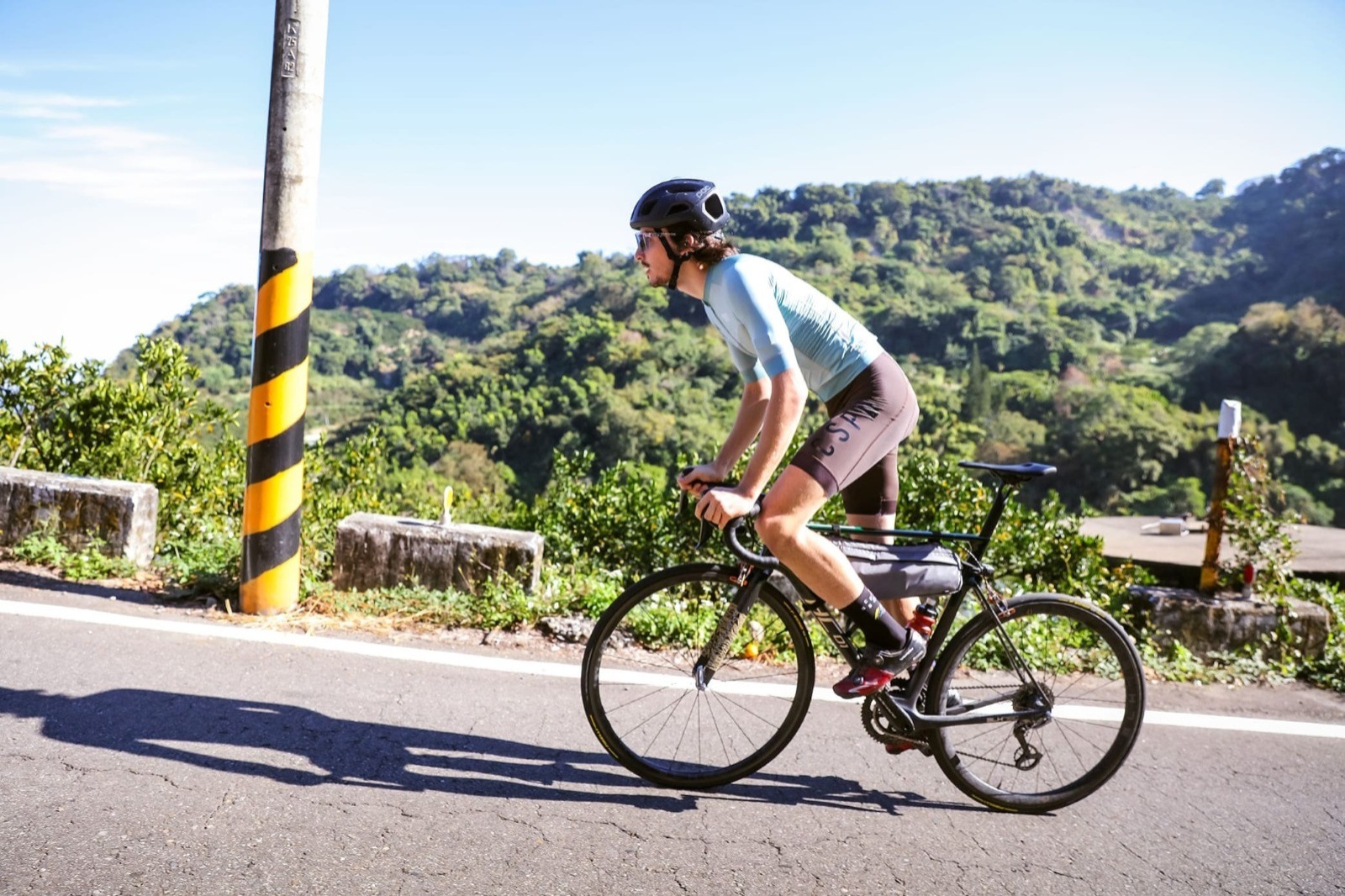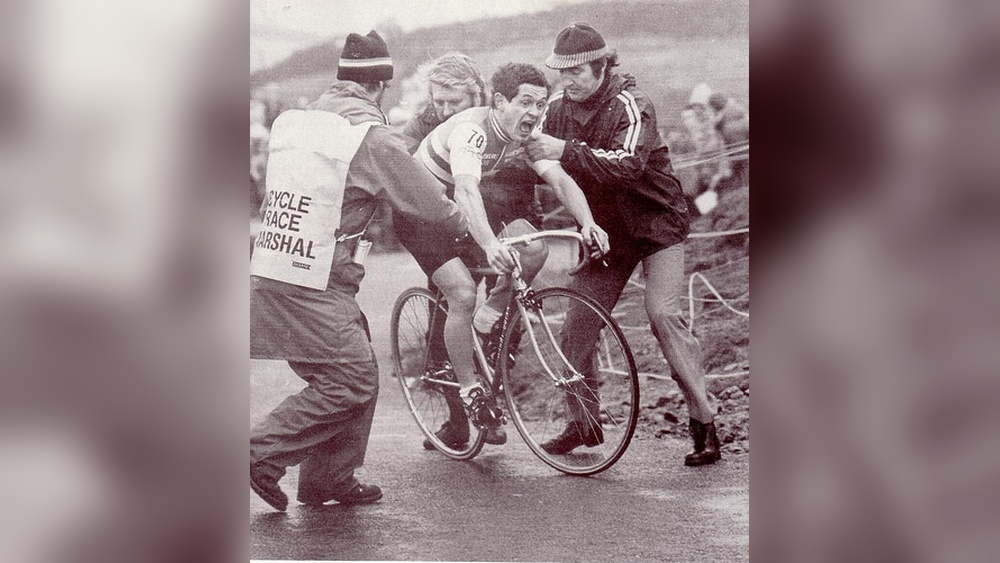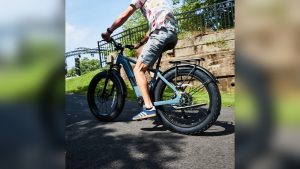Climbing hills on your bike can be tough. You might feel tired quickly or lose momentum halfway up.
But what if you could conquer those slopes with ease and confidence? This guide will show you simple, effective bicycling techniques that make hill climbing less exhausting and more enjoyable. Whether you’re a beginner or want to improve your skills, these tips are designed to help you pedal smarter, save energy, and reach the top without struggle.
Ready to transform your hill climbs? Keep reading to discover how you can ride stronger and faster on any incline.
Choosing The Right Gear
Choosing the right gear is key to climbing hills on a bike. It helps save energy and keeps your pace steady. Using the correct gear reduces strain on your legs. It also makes the climb feel smoother and less tiring.
Low Gears For Steep Climbs
Low gears make pedaling easier on steep hills. They let your legs spin faster with less force. This reduces muscle fatigue and helps maintain balance. Use the smallest chainring in front and the largest sprocket at the back for low gear. This combination gives the most help on tough climbs.
When To Shift Gears
Shift gears before the hill becomes too hard to pedal. Change gears early to avoid losing momentum. Shift smoothly to prevent chain slipping or jerking. Shift down as you slow down and the hill gets steeper. Shift up when the slope eases or you gain speed.
Gear Maintenance Tips
Keep your gears clean and well-lubricated for smooth shifting. Check the chain and sprockets for wear regularly. Replace parts that look worn or damaged. Adjust the derailleur if your bike shifts poorly. Proper gear care ensures better performance on every hill.
Body Positioning
Body positioning plays a key role in climbing hills on a bike. Your posture affects power, balance, and energy use. Small changes can make climbing easier and faster. Understanding how to position your body helps you keep control and avoid fatigue.
Leaning Forward
Leaning forward shifts your weight toward the front wheel. This improves traction on steep slopes. Keep your back flat and head low. Avoid leaning too much to stop slipping. Lean just enough to keep the front tire steady.
Standing Vs. Sitting
Sitting saves energy and keeps your center low. It works well on steady climbs. Standing lets you use more muscles for short bursts. It helps on very steep or rough sections. Switch between sitting and standing to avoid tiredness.
Balancing Weight
Balance weight evenly between both wheels. Too much weight on the back wheel causes slipping. Too much on the front wheel makes steering hard. Shift your hips slightly to find the best balance. This keeps the bike stable and efficient uphill.
Pedaling Techniques
Pedaling techniques play a key role in climbing hills on a bike. Efficient pedaling saves energy and keeps you steady. Proper technique helps maintain speed and reduces muscle fatigue. Focus on how you pedal to climb smoother and stronger.
Smooth Cadence
Keep a steady and smooth pedaling rate. Avoid sudden bursts or slow pedaling. A cadence of 70 to 90 revolutions per minute works well. Smooth cadence uses less energy and keeps muscles fresh. Try to pedal evenly in circles, not just pushing down.
Using Clipless Pedals
Clipless pedals connect your shoes to the bike. They let you pull up as well as push down. This creates a full pedal stroke and more power. Clipless pedals improve bike control on steep climbs. Practice clipping in and out safely before the hill.
Power Distribution
Spread your effort across the pedal stroke. Push down, pull back, pull up, and push forward. This helps use different muscles and avoids quick tiredness. Focus on applying power smoothly, not just hard. Balanced power keeps you steady and climbing longer.

Credit: www.youtube.com
Breathing And Pacing
Breathing and pacing are key to climbing hills on a bike. They help you keep energy and avoid getting tired too fast. Good breathing keeps your muscles fed with oxygen. Smart pacing means you save strength for the whole climb. Both work together to make hill climbing easier and more fun.
Controlled Breathing
Take deep, steady breaths while riding uphill. Breathe through your nose and mouth to get enough air. Try to match your breathing to your pedal strokes. This control helps your body stay calm and strong. It stops your heart from racing too fast. Controlled breathing keeps your energy steady.
Finding Your Rhythm
Find a steady pace that feels comfortable. Match your breathing and pedal speed to keep a smooth flow. Do not push too hard at first. Keep a rhythm that you can hold for a long time. This steady pace helps your legs work better. Rhythm makes climbing less tiring.
Avoiding Early Fatigue
Start slow and build your speed gradually. Avoid sprinting at the beginning of the hill. Use your breathing to calm your body down. Take breaks if the climb is long and hard. Saving energy early stops you from feeling tired too soon. This way, you finish the hill strong.
Training For Hill Climbs
Training for hill climbs is essential to improve your cycling skills and endurance. Hills require more power and stamina than flat roads. Focused training helps your muscles grow stronger and your lungs work better. This preparation makes tough climbs feel easier.
Different training methods target specific parts of your fitness. Combining these methods builds a well-rounded cyclist ready for any hill.
Interval Workouts
Interval workouts involve short, intense bursts of cycling followed by rest. These bursts push your heart and muscles hard. This training increases your power and speed on hills. Try sprinting uphill for 30 seconds, then slow down for one minute. Repeat this several times to build strength.
Strength Building
Strength training helps your legs handle steep climbs better. Focus on exercises like squats and lunges off the bike. On the bike, use a higher gear and pedal slowly uphill. This builds muscle and improves your ability to push hard when climbing. Strong legs reduce fatigue and improve control.
Endurance Rides
Endurance rides improve your ability to keep going for a long time. Ride steady at a moderate pace for 1 to 3 hours. Include hills in your route to practice climbing without stopping. This training increases your stamina and teaches your body to use energy efficiently.

Credit: trigonbike.com
Equipment Considerations
Choosing the right equipment plays a big role in climbing hills smoothly on a bike. Every piece of gear affects your speed and comfort. Small changes in your bike and clothing can make steep climbs easier. Focus on lightness, grip, and comfort to improve your hill riding experience.
Lightweight Bikes
Light bikes reduce the effort needed to pedal uphill. Materials like carbon fiber or aluminum keep the bike strong but light. A lighter bike means less weight to push uphill. Choose a frame that balances weight and durability. Lighter wheels also help you climb faster.
Tire Choices
Tires affect how easily your bike moves on hills. Narrow tires reduce rolling resistance and save energy. Tires with good grip prevent slipping on steep or wet roads. Lower tire pressure increases grip but adds rolling resistance. Find the right balance for your ride conditions.
Clothing And Accessories
Wear clothes that fit well and allow movement. Lightweight, breathable fabrics keep you cool during climbs. Avoid heavy or loose clothing that slows you down. Use padded shorts to reduce saddle discomfort. Accessories like gloves and sunglasses improve comfort and focus.
Mental Strategies
Mental strength is key to climbing hills on a bike. Your body can do more than your mind thinks. Training your mind helps you push through tough parts. It keeps you steady and calm.
Setting Goals
Set small, clear goals for each hill climb. Focus on reaching the next tree or sign. Breaking the climb into parts makes it less hard. Celebrate each small win to keep spirits high.
Staying Motivated
Think about why you enjoy biking uphill. Picture the top and the view waiting. Use positive words inside your head, like “strong” and “steady.” Keep your mind busy with good thoughts.
Overcoming Challenges
Expect hard moments and accept them calmly. Take slow, deep breaths to stay relaxed. Change your pace if you feel tired. Remember, every hill is a chance to grow.
Safety Tips On Steep Hills
Riding on steep hills can be challenging and risky. Safety is very important to avoid accidents. Knowing the right techniques helps keep control and prevents falls. Below are key safety tips for biking on steep hills.
Braking Techniques
Use both brakes smoothly to avoid skidding. Apply the rear brake first for gentle slowing. Then, add the front brake carefully for more stopping power. Avoid sudden or hard braking to keep balance. Practice braking on gentle slopes before steep ones.
Handling Descents
Keep your body low and centered for better control. Shift your weight back to reduce pressure on the front wheel. Look ahead, not down, to spot obstacles early. Pedal lightly or coast to maintain a steady speed. Relax your arms to absorb shocks from bumps.
Road Awareness
Watch the road surface for gravel, wet spots, or debris. Stay alert for other vehicles and cyclists sharing the hill. Use hand signals to show your intentions clearly. Avoid distractions and keep your focus on the path. Ride at a speed you can manage safely.

Credit: cyclinguphill.com
Frequently Asked Questions
How To Improve Cycling Endurance For Hill Climbing?
Improving cycling endurance involves consistent training with gradual hill climbs. Use interval training and increase ride duration weekly. Focus on proper nutrition and hydration. Rest adequately to allow muscle recovery. Building stamina helps maintain energy and power during uphill rides.
What Is The Best Gear For Climbing Hills On A Bike?
Use low gears to maintain a steady cadence while climbing hills. Low gears reduce pedaling resistance, making climbs easier. Shift early before the hill to avoid strain. Proper gearing helps conserve energy and improve climbing efficiency.
How To Maintain Proper Posture While Cycling Uphill?
Keep your back straight and lean slightly forward. Relax your shoulders and keep elbows bent. Position your hands on the brake hoods for control. Engage your core to stabilize your body. Good posture reduces fatigue and improves power output.
Why Is Cadence Important In Hill Climbing?
Maintaining a steady cadence prevents muscle fatigue and conserves energy. Aim for 70-90 revolutions per minute to optimize performance. Smooth pedal strokes reduce stress on joints. Cadence control helps you climb more efficiently and comfortably.
Conclusion
Climbing hills on a bike takes practice and patience. Use steady breathing and a smooth pedal stroke. Shift gears to keep your effort easy and steady. Keep your body relaxed and lean slightly forward. Small changes make big differences over time.
Ride often to build strength and confidence. Enjoy the challenge and the view at the top. Each climb helps you become a better cyclist. Keep these tips in mind on your next ride. You will see progress with every hill you climb.




